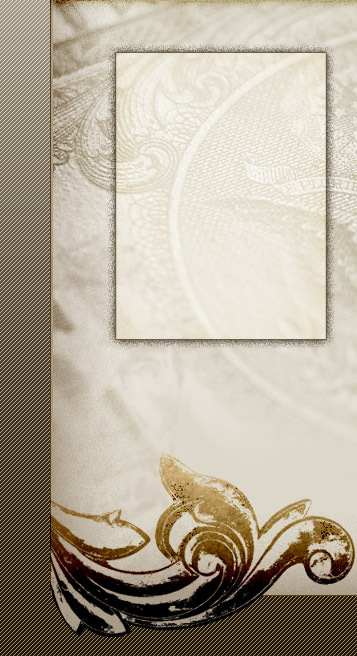Click here to add text.




 |
Overactive Bladder (OAB)
Overactive Bladder (OAB) affects at least 35 million Americans; fewer than 40% seek medical assistance. A number of medicines, electromechanical, behavioral and surgical interventions are currently used to treat OAB. However, these therapies have variable responses and can have troublesome side effects, and as well may not last.
OAB is distinguished from other types of incontinence with voiding greater than 8 times per day or awakening more than 2 times a night to void. The key symptom is a sudden compelling desire to void, which is difficult if not impossible to stop. A precise cause has not been identified, but may be related to older age, side effects of certain medications, pregnancy/childbirth, systemic chronic conditions, neurologic abnormalities, and behavioral difficulties.
Treatment with medications that block certain receptors on the bladder have been the main therapy. Some experience satisfactory results, but side effects and overall effectiveness limit continuation. Exercises with pelvic floor retraining have been effective in others with OAB. Surgery severing the nerves that control bladder functions or implanting a neural stimulating device in the lower back (similar to a pacemaker) are last resorts.
Recently a minimally invasive neurostimulating therapy has arisen. Called Percutaneous tibial nerve stimulation, (PTNS) is used to treat an array of bladder symptoms including interstitial cystitis, urge incontinence, and OAB. In Europe it is also used to treat fecal incontinence. Results have been impressive compared to all other therapies to date, with as many as 80% of patients responding. No serious adverse events or side effects have been observed in published trials.
Treatment is simple and painless with a small flexible acupuncture needle placed in the tibial nerve just above the ankle. A small weak battery current is then administered for 30 minutes. This process is completed 1 - 2 times weekly for a normal 12 treatments total. Most patients at Women's Health Consultants have had dramatic results in the past 2 years. This single low risk procedure has been associated with minimal side effects and allowed many to get off all medications to control bladder function, and produced unsurpassed results in others.
Women's Health Consultants